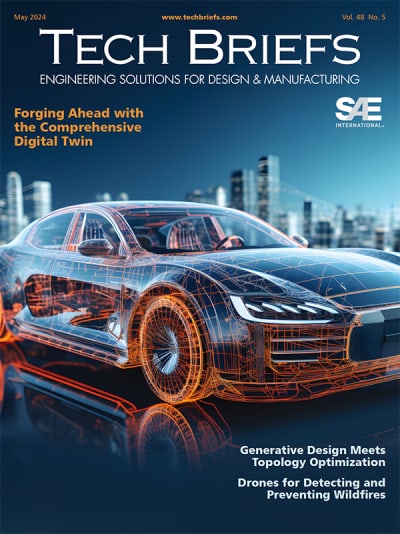The Anthropomorphic Robotic Testbed (ART) is an experimental prototype of a partly anthropomorphic, humanoid- size, mobile robot. The basic ART design concept provides for a combination of two-armed coordination, tactility, stereoscopic vision, mobility with navigation and avoidance of obstacles, and natural-language communication, so that the ART could emulate humans in many activities. The ART could be developed into a variety of highly capable robotic assistants for general or specific applications. There is especially great potential for the development of ARTbased robots as substitutes for live-in health-care aides for home-bound persons who are aged, infirm, or physically handicapped; these robots could greatly reduce the cost of home health care and extend the term of independent living.
The ART is a fully autonomous and untethered system. It includes a mobile base on which is mounted an extensible torso topped by a head, shoulders, and two arms. All subsystems of the ART are powered by a rechargeable, removable battery pack. The mobile base is a differentially- driven, nonholonomic vehicle capable of a speed >1 m/s and can handle a payload >100 kg. The base can be controlled manually, in forward/backward and/or simultaneous rotational motion, by use of a joystick. Alternatively, the motion of the base can be controlled autonomously by an onboard navigational computer.
By retraction or extension of the torso, the head height of the ART can be adjusted from 5 ft (1.5 m) to 6 1/2 ft (2 m), so that the arms can reach either the floor or high shelves, or some ceilings. The arms are symmetrical. Each arm (including the wrist) has a total of six rotary axes like those of the human shoulder, elbow, and wrist joints. The arms are actuated by electric motors in combination with brakes and gas-spring assists on the shoulder and elbow joints. The arms are operated under closedloop digital control. A receptacle for an end effector is mounted on the tip of the wrist and contains a force-and-torque sensor that provides feedback for force (compliance) control of the arm. The end effector could be a tool or a robot hand, depending on the application.
The ART includes several built-in, ready-to-use sensory subsystems and has room for addition of other sensors. One of the built-in sensory subsystems is a bumper/shield subsystem that includes mechanical tape switches and photodetectors to detect actual or incipient collisions with objects on the floor, plus ultrasonic sensors to detect nearby overhanging objects or walls. Other built-in sensory subsystems include laser-based distance measuring equipment, dual cameras for vision (including stereoscopic vision), the aforementioned force-and-torque sensors, and shaft-angle encoders and switches that provide position feedback for control of the arms. The two cameras can be panned and tilted independently of each other; they can be aimed in different directions or the same direction.
Each of the various sensory and motion- control subsystems operates in conjunction with a computer subsystem that processes the incoming sensory data and controls the affected component of the motion. The navigational computer communicates with the sensory and base-motion-control computers. Another computer processes the digitized outputs of the cameras and controls the aiming, focus, and zoom of the cameras. Still another computer processes the digitized outputs of the force-and-torque sensors and executes software for control of the motions of, and forces exerted by, the arms.
Overall control is exerted by a host computer, which is of a Pentium-based laptop class. This computer runs speech-recognition and speech-synthesis software for communication with a human user. For purposes of experimentation and development, the host computer is also capable of radio communication with an external computer or network of computers.
This work was done by J. F. Engelberger, W. Nelson Roberts, David J. Ryan, and Andrew Silverthorne of HelpMate Robotics, Inc., for Johnson Space Center. For further information, contact:
HelpMate Robotics, Inc. 22 Shelter Rock Lane Danbury, CT 06810 Refer to MSC-22985.





















